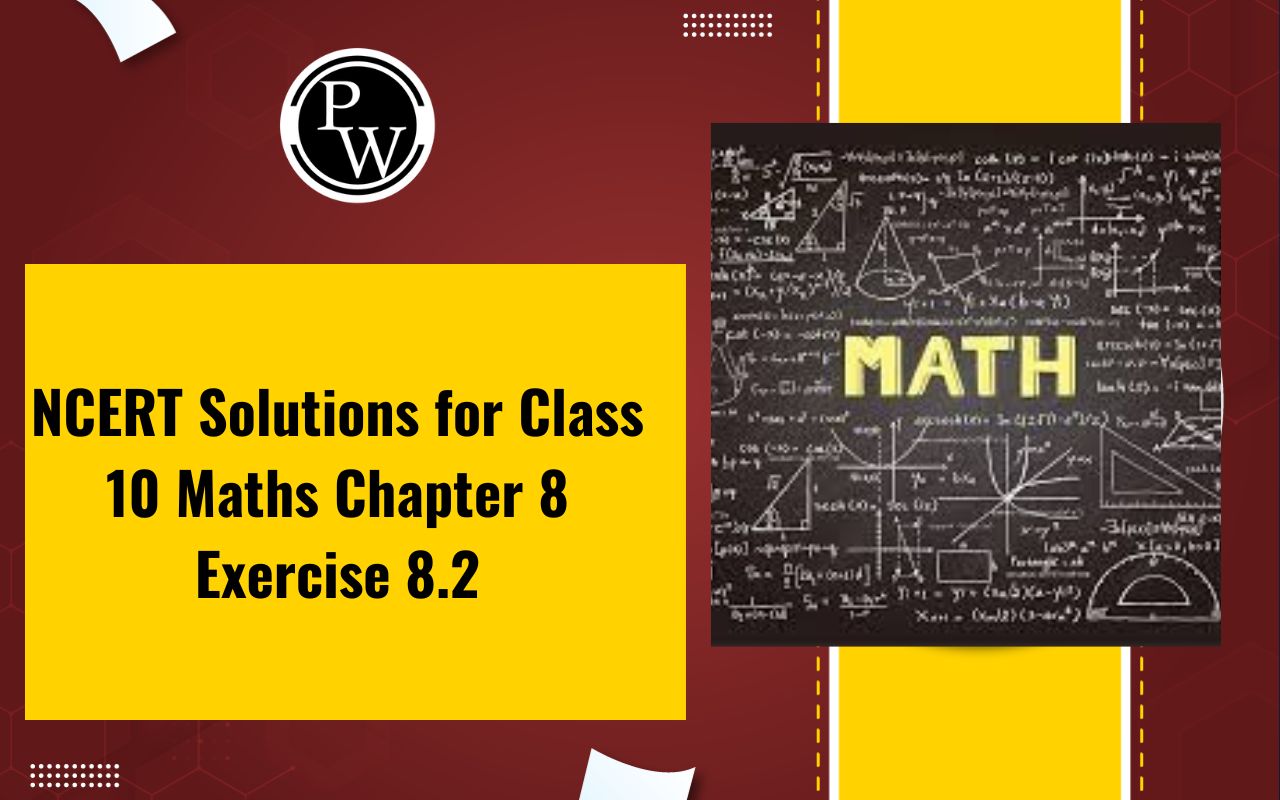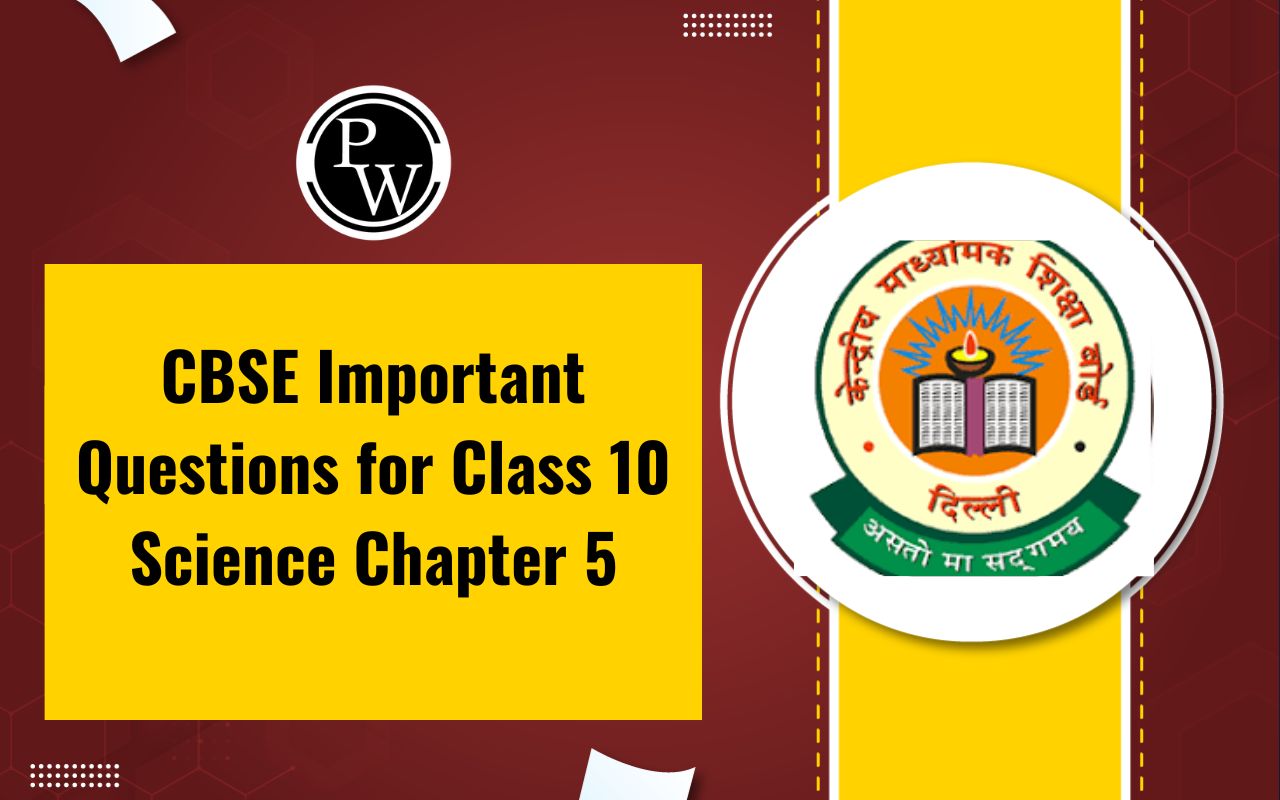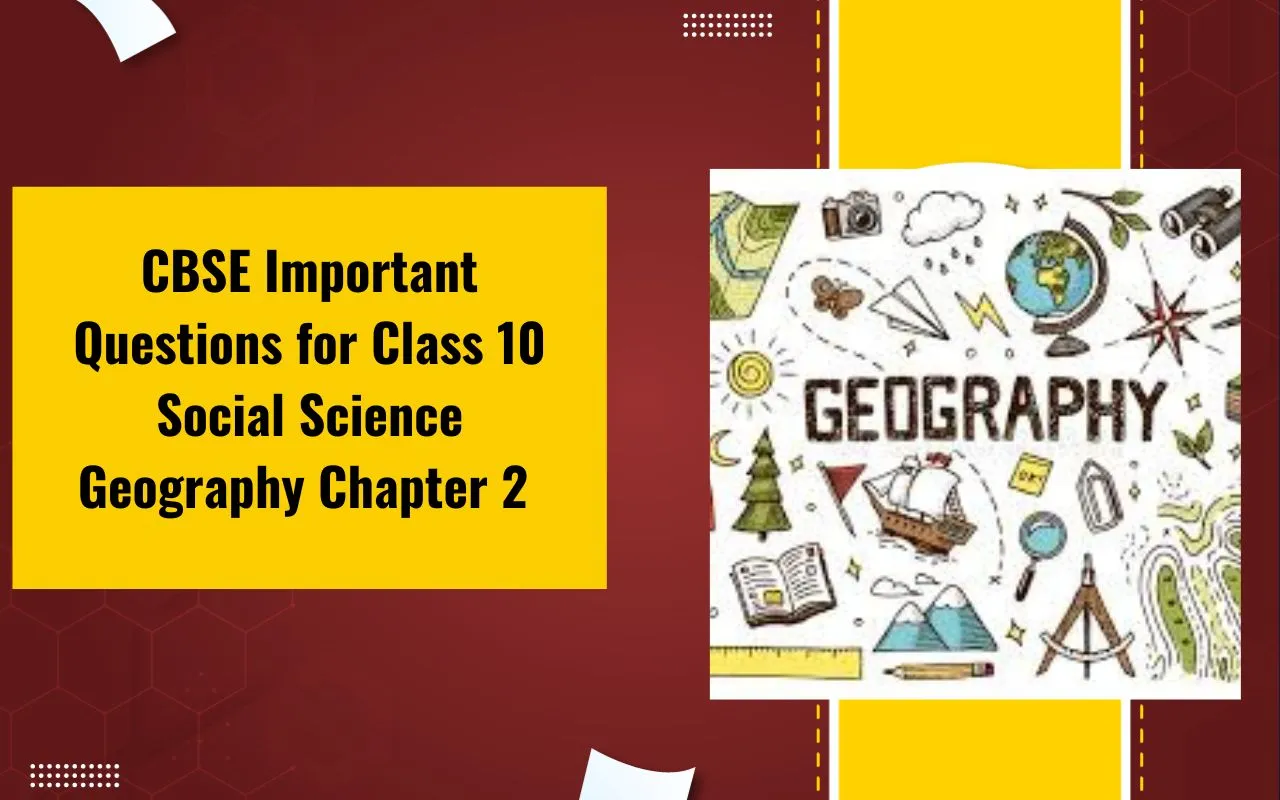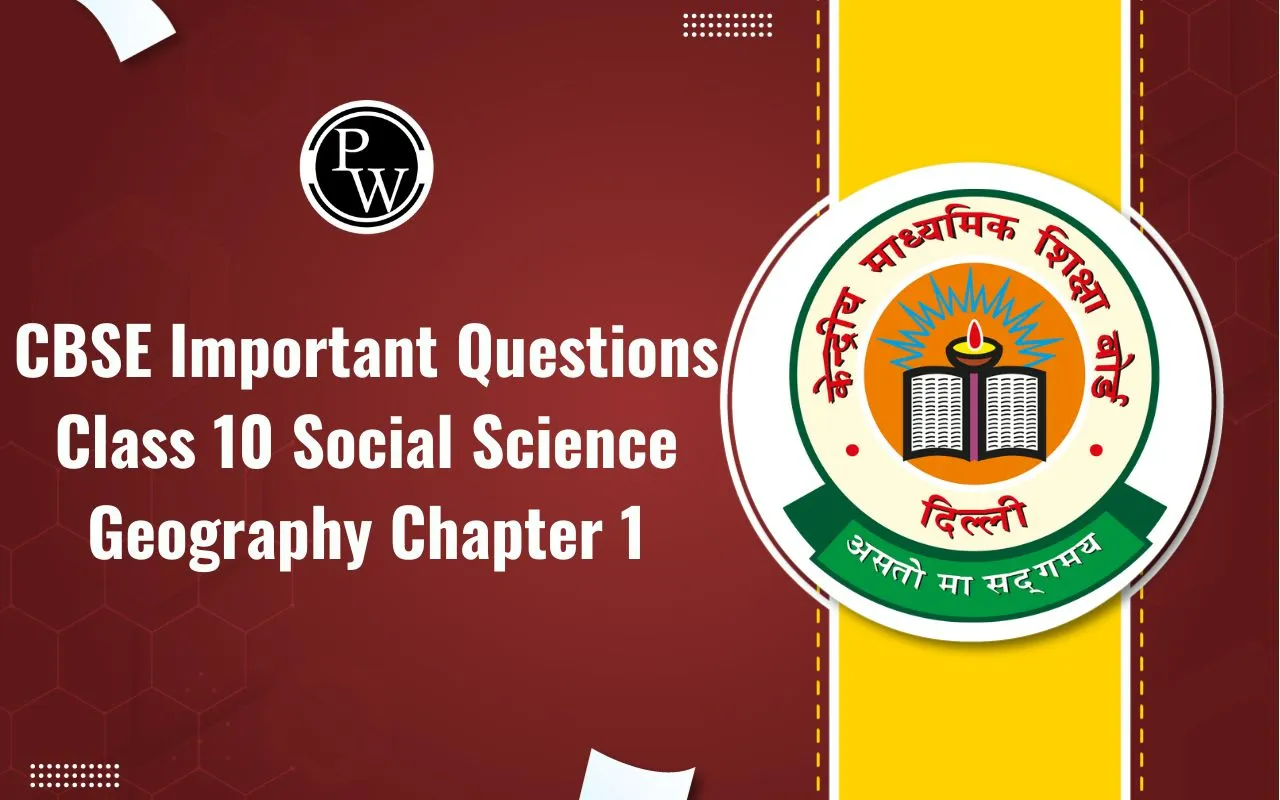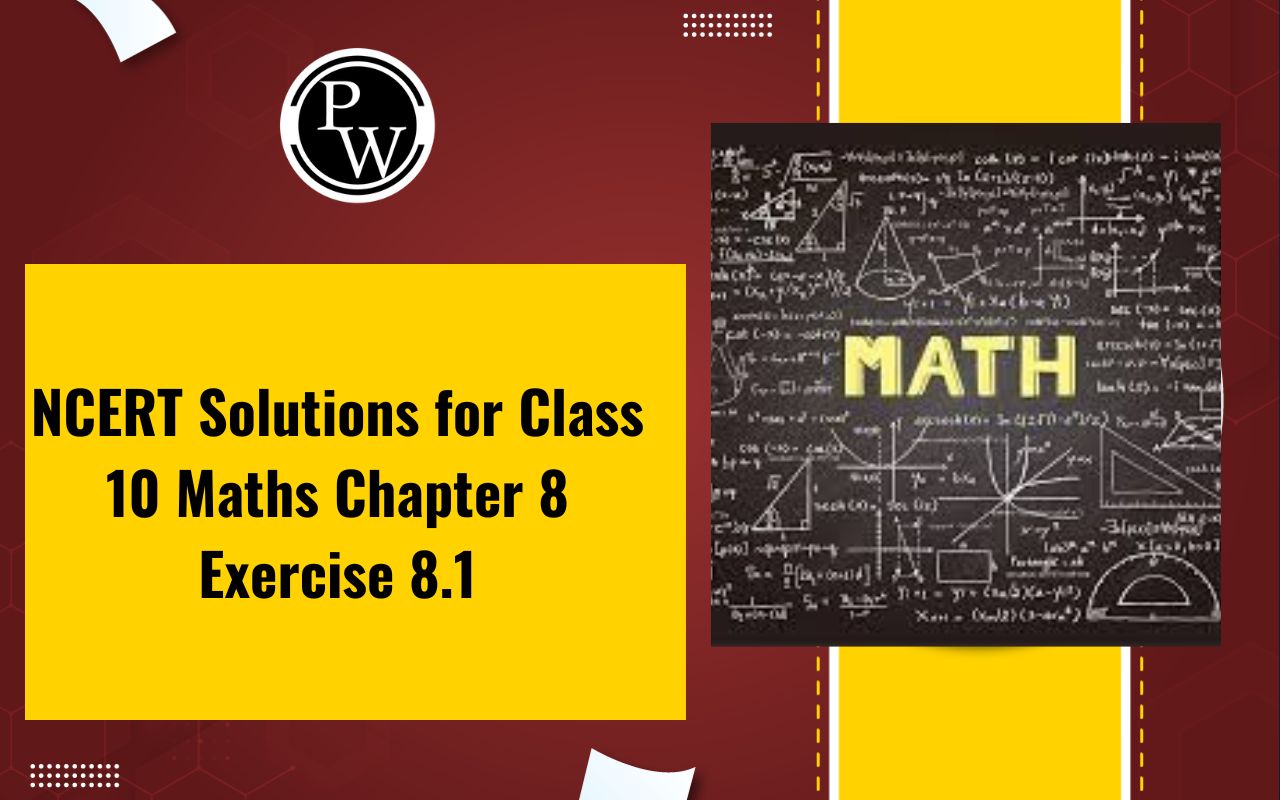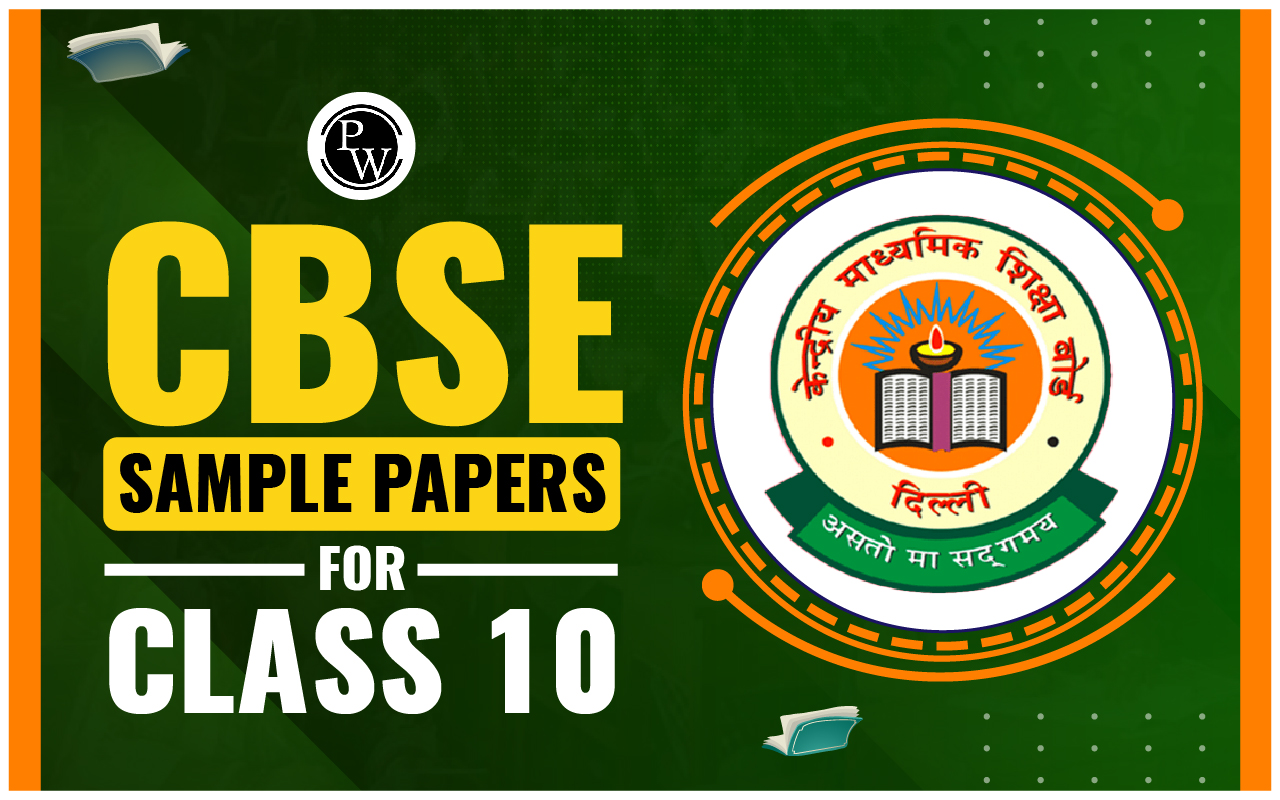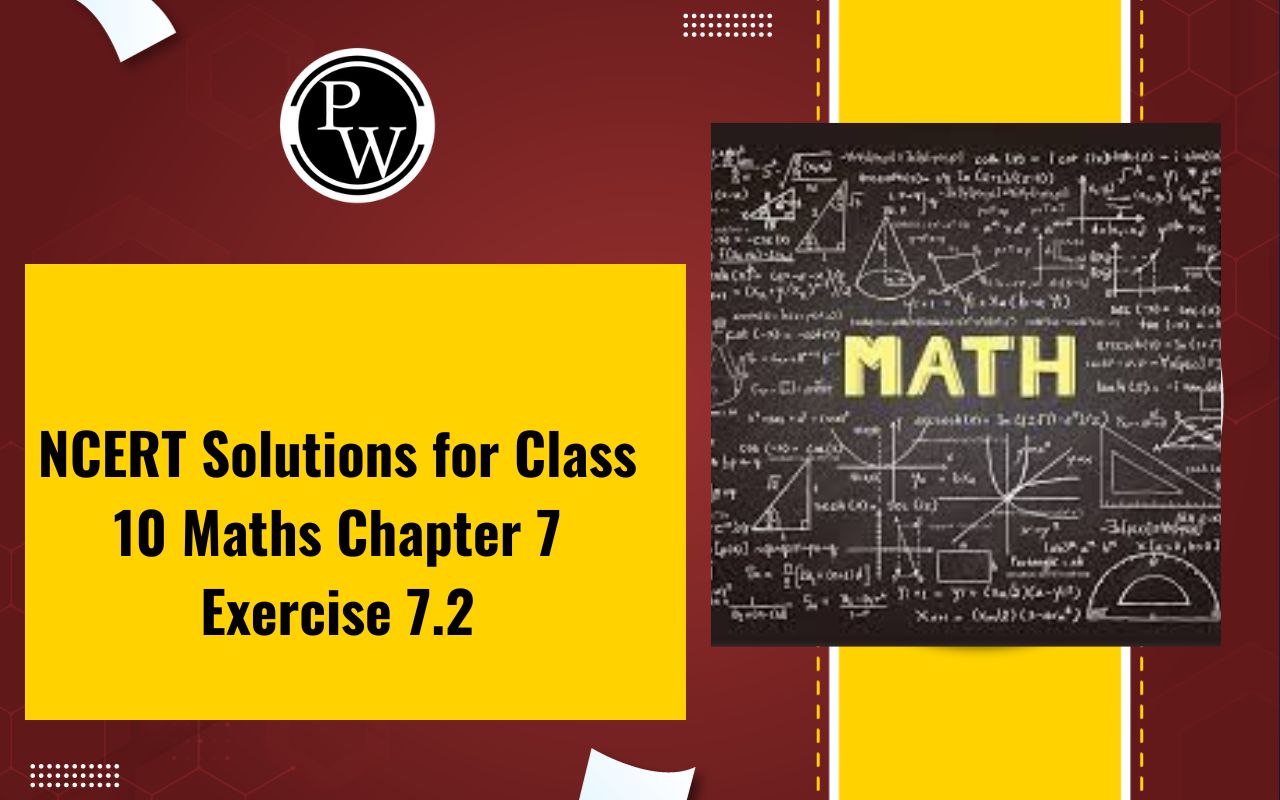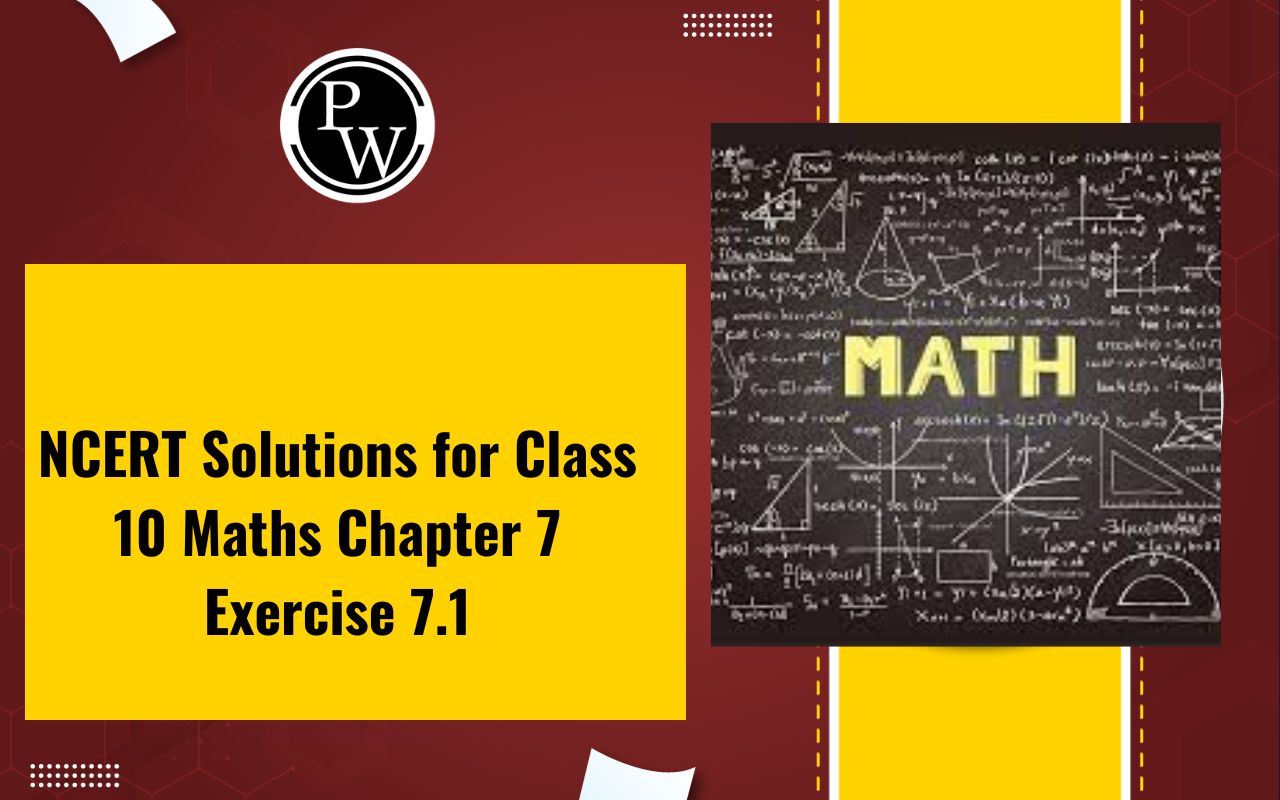RS Aggarwal Solutions for Class 10 Maths Chapter 19 Exercise 19.2:
The Entrancei academic team has produced a comprehensive answer for Chapter 19: Volume and Surface Area of Solids in the RS Aggarwal textbook for Class 10. Complete the NCERT exercise questions and utilise them as a guide. Solutions for Entrancei NCERT Class 10 Maths problems in the exercise require assistance to be completed. For maths in class 10, Entrancei published NCERT answers.
The RS Aggarwal class 10 solution for chapter-19 Volume and Surface Area of Solids Exercise-19B is uploaded for reference only; do not copy the solutions. Before going through the solution of chapter-19 Volume and Surface Area of Solids Exercise-19B, one must have a clear understanding of the chapter-19 Volume and Surface Area of Solids. Read the theory of chapter-19 Volume and Surface Area of Solids and then try to solve all numerical of exercise-19B.
RS Aggarwal Solutions for Class 10 Maths Chapter 19 Exercise 19.2 Overview
In Chapter 19 of RS Aggarwal's Class 10 Maths textbook, students delve into the fascinating realm of Volume and Surface Areas of Solids. Exercise 19.2 specifically focuses on applying mathematical principles to calculate these crucial properties.
The chapter begins by introducing fundamental concepts such as volume and surface area, laying the groundwork for more complex calculations later on. Understanding volume involves grasping how much space a solid object occupies, while surface area pertains to the total area covering the object's outer layer.
Exercise 19.2 builds upon these basics by presenting problems that require students to compute volumes and surface areas of various solids, including cubes, cuboids, cylinders, cones, and spheres. Each type of solid comes with its specific formulas, which students are encouraged to apply systematically to solve the exercises.
RS Aggarwal Solutions for Class 10 Maths Chapter 19 Exercise 19.2 PDF
RS Aggarwal Solutions for Class 10 Maths Chapter 19 Exercise 19.2 provides a comprehensive learning experience that equips students with the necessary knowledge and skills to tackle questions confidently. Here we have provided RS Aggarwal Solutions for Class 10 Maths Chapter 19 Exercise 19.2 for the ease of students so that they can prepare better for their upcoming exams –
RS Aggarwal Solutions for Class 10 Maths Chapter 19 Exercise 19.2 PDF
RS Aggarwal Solutions for Class 10 Maths Chapter 19 Exercise 19.2
Below we have provided RS Aggarwal Solutions for Class 10 Maths Chapter 19 Exercise 19.2 for the ease of the students –
Question
A cone of height 20 cm and radius of base 5 cm is made up of modelling clay. A child reshapes it in the form of a sphere. Find the diameter of the sphere.
Solution
We have,
The radius of the cone, r = 5cm and the height of the cone, h = 20cm
Let the radius of the sphere be R.
As,
Volume of sphere = Volume of cone
⇒
4
3
π
R
3
=
1
3
π
r
2
h
⇒
R
3
=
π
r
2
h
×
3
3
×
4
π
⇒
R
3
=
r
2
h
4
⇒
R
3
=
5
×
5
×
20
4
⇒
R
3
=
125
⇒
R
=
3
√
125
=
5
c
m
⇒ Diameter of the sphere = 2R = 2 x 5 = 10 cm
So, the diameter of the sphere is 10cm
Question
A spherical cannon ball 28 cm in diameter is melted and recast into a right circular conical mould, base of which is 35 cm in diameter. Find the height of the cone.
Solution
Sphere radius =
28
2
=
14
c
m
volume of sphere =
4
3
π
r
3
=
4
3
π
×
14
×
14
×
14
It is melted and recast to a conical shape
it's radius =
35
2
=
17.5
c
m
=
1
3
π
×
r
2
×
h
=
1
3
π
×
17.5
×
17.5
×
h
Now according to the question
volume of sphere =volume of cone
4
3
π
×
14
×
14
×
14
=
1
3
π
×
17.5
×
17.5
×
h
4
3
×
14
×
14
×
14
=
1
3
×
17.5
×
17.5
×
h
3658.6
=
102.08
×
h
3658.6
102.08
=
h
∴
h
=
35.84
c
m
Question
Metallic spheres of radii 6 cm, 8 cm and 10 cm respectively are melted to form a single solid sphere. Find the radius of the resulting sphere.
Solution
Let
r
1
,
r
2
,
r
3
be the radius of the given 3 spheres & R be the radius of a single solid sphere.
Given :
r
1
=
6
c
m
,
r
2
=
8
c
m
,
r
3
=
10
c
m
Volume of first metallic sphere
(
V
1
)
=
4
3
π
(
r
1
)
3
=
4
3
π
(
6
)
3
Volume of second metallic sphere
(
V
2
)
=
4
3
π
(
r
2
)
3
=
4
3
π
(
8
)
3
Volume of third metallic sphere
(
V
3
)
=
4
3
π
(
r
3
)
3
=
4
3
π
(
10
)
3
Volume of single solid sphere
(
V
)
=
4
3
π
R
3
A .T.Q
Volume of 3 metallic spheres= volume of single solid sphere
V
1
+
V
2
+
V
3
=
V
4
3
π
(
6
)
3
+
4
3
π
(
8
)
3
+
4
3
π
(
10
)
3
=
4
3
π
R
3
4
3
π
(
6
3
+
8
3
+
10
3
)
=
4
3
π
R
3
216
+
512
+
1000
=
R
3
1728
=
R
3
(
12
×
12
×
12
)
=
R
3
12
3
=
R
3
R
=
12
Hence, the radius of the resulting sphere = 12 cm
Question
The radii of internal and external surfaces of a hollow spherical shell are 3 cm and 5 cm respctively. It is melted and recast into a solid cylinder of diameter 14 cm. Find the height of the cylinder.
Solution
We have,
The internal base radius of the spherical shell,
r
1
=
3
cm,
The external base radius of the spherical shell,
r
2
=
5
cm and
The base radius of solid cylinder,
r
=
14
2
=
7
cm
Let the height of the cylinder be h.
As,Volume of solid cylinder = Volume of spherical shell
⇒
π
r
2
h
=
4
3
π
r
3
2
−
4
3
π
r
3
1
⇒
π
r
2
h
=
4
3
π
(
r
3
2
−
r
3
1
)
⇒
r
2
h
=
4
3
(
r
3
2
−
r
3
1
)
⇒
49
×
h
=
4
3
(
125
−
27
)
⇒
h
=
4
3
×
98
49
∴
h
=
8
3
So, the height of the cylinder is
8
3
Question
The internal and external diameters of a hollow hemispherical shell are
6
c
m
and
10
c
m
respectively. It is melted and recast into a solid cone of base diameter
14
c
m
. Find the height of the cone so formed.
Solution
Now, according t the question,
Volume of hollow hemispherical shell = Solid cone
ie. Volume of outer hemispherical shell - Volume of inner hemispherical shell= Solid cone
⇒
2
3
π
(
10
2
)
3
−
2
3
π
(
6
2
)
3
=
1
3
π
(
14
2
)
2
h
⇒
2
3
π
[
(
5
)
3
−
(
3
)
3
]
=
1
3
π
(
7
)
2
h
⇒
2
[
125
−
27
]
=
(
49
)
h
⇒
2
×
98
49
=
h
∴
h
=
4
c
m
Question
A copper rod of diameter 2 cm and length 10 cm is drawn into a wire of uniform thickness and length 10 m. Find the thickness of the wire.
Solution
A copper rod of diameter 2 cm and length 10 cm is drawn into a wire of uniform thickness and length 10 m. Find the thickness of the wire.
volume will be same
so
π
1
2
×
10
=
π
×
r
2
1000
π
1
2
×
10
=
π
×
r
2
1000
r
2
=
1
100
r
=
1
10
=
0.1
c
m
Question
A hemispherical bowl of internal diameter 30 cm contains some liquid. This liquid is to be filled into cylindrical-shaped bottles each of diameter 5 cm and height 6 cm. Find the number of bottles necessary to empty the bowl.
Solution
Inner diameter of the bowl = 30 cm
Inner radius of the bowl = 15 cm
Volume of liquid in it
=
2
3
π
×
r
3
=
2
3
π
×
15
3
c
m
3
Radius of each cylinder bottle = 2.5 cm and its height = 6 cm.
Volume of each cylindrical bottle
=
π
r
2
h
=
π
×
(
5
2
)
2
×
6
c
m
2
=
25
4
×
6
π
=
75
π
2
c
m
3
Required number of bottles
=
Volume of liquid
Volume of each cylindrical bottle
=
2
3
×
π
×
15
×
15
×
15
75
2
×
π
=
60
Hence, bottles required = 60
Question
A solid metallic sphere of diameter 21 cm is melted and recast into a number of smaller cones, each of diameter 3.5 cm and height 3 cm. Find the number of cones so formed.
Solution
Diameter of the sphere = 21 cm
So, radius of sphere
=
21
2
Radius of sphere = 10.5 cm
Volume of sphere
=
4
3
π
r
3
=
4
3
×
22
7
×
10.5
×
10.5
×
10.5
=
4851
c
m
3
Diameter of cone = 3.5 cm
So, radius of cone
=
3.5
2
Radius of cone = 1.75 cm
Volume of cone
=
1
3
π
r
2
h
=
1
3
×
22
7
×
1.75
×
1.75
×
3
=
9.625
c
m
3
Number cones formed
=
4851
9.625
=
504
Question
Water in a canal, 5.4 m wide and 1.8 m deep, is flowing with a speed of 25 km/hr. How much area can it irrigate in 40 minutes, if 10 cm of standing water is required for irrigation?
Solution
Breadth , b = 5.4 m
Height[depth] , h = 1.8 m
Speed of canal =
25
k
m
h
r
Length of canal in 1 hour = 25 km
Length of canal in 60 minutes = 25 km [ 1 hr = 60 min ]
Length of canal in
1
m
i
n
=
25
60
Length of canal in 40 min =
25
60
×
40
=
16.67
k
m
[ approx . ]
= 16670 m
Volume of canal =
l
t
i
m
e
s
b
t
i
m
e
s
h
.
=
16670
×
5.4
×
1.8
m
=
162032.4
m
e
t
r
e
s
Height of standing water = 10 cm = 0.1 metres
Volume of water in canal = Volume of area irrigated
Volume of area irrigated = Area irrigated × height
162032.4 metres = Area irrigated × 0.1
Area irrigated =
162032.4
0.1
=
1620324
m
2
1
m
2
= 0.0001 hectares
Area irrigated = 162.0324 hectares
Question
In a hospital, used water is collected in a cylindrical tank of diameter 2 m and height 5 m. After recycling, this water is used to irrigate a park of hospital whose length is 25 m and breadth is 20 m. If the tank is filled completely then what will be the height of standing water used for irrigating the park? Write your views on recycling of water.
Solution
Diameter of cylinder (d) = 2 m
Radius of cylinder (r) = 1 m
Height of cylinder (H) = 5 m
Volume of cylindrical tank,
V
c
=
π
r
2
H
=
π
×
(
1
)
2
×
5
=
5
π
m
Length of the park (I) = 25 m
Breadth of park (b) = 20 m
the height of standing water in the park = h
Volume of water in the park
=
I
b
h
=
25
×
20
×
h
Now water from the tank is used to irrigate the park. So,
The volume of the cylindrical tank = Volume of water in the park
⇒
5
π
=
25
×
20
×
h
⇒
h
=
5
π
25
×
20
⇒
h
=
π
100
⇒
h
=
0.0314
m
Through recycling of water, better use of the natural resource occurs without wastage. It helps in reducing and preventing pollution. It thus helps in conserving water. This keeps the greenery alive in urban areas like in parks gardens etc.
Question
A copper wire of diameter 6 mm is evely wrapped on a cylinder of length 18 cm and diameter 49 cm to cover its whole surface. Find the length and the volume of the wire. If the density of copper be 8.8 g per cu-cm, find the weight of the wire.
Solution
Diameter of copper wire = 6 mm, ie its radius = 3 mm
Length of cylinder = 18 cm = 180 mm
Diameter of cylinder = 49 cm = 490 mm
Number of turns of copper wire
=
180
6
=
30
length of one turn
=
2
π
r
=
2
π
(
490
2
)
=
22
7
×
490
=
1540
m
m
So total length of copper wire
=
30
×
1540
=
46200
m
m
Therefore volume of copper wire
=
π
r
2
h
=
π
×
(
3
)
2
×
46200
=
1305612
m
m
3
Volume in
c
m
3
=
1305.612
c
m
3
Specific gravity of wire
=
8.8
g
/
c
m
3
So weight of wire
=
1305.612
×
8.8
=
11489.3856
=
11489.38
k
g
Question
Marbles of diameter 1.4 cm are dropped into a cylindrical beaker of diameter 7 cm, containing some water. Find the number of marbles taht should be dropped into the beaker so that the water level rises by 5.6 cm.
Solution
Diameter of marble = 1.4 cm
radius = 1.4/2 = 0.7 cm
volume of 1 marble = {4}/{3} \pi r^3 = {4}/{3} \pi (0.7)^3
let number of marbles required = nbase diameter of beaker = 7cm
radius = 7/2 = 3.5 cm
height rise in water = 56 cmvolume change = volume of n marbles So 1500 marbles should be dropped.
Question
A solid right circular cone of height 60 cm and radius 30 cm is dropped in a right circular cylinder full of water, of height 180 cm and radius 60 cm. Find the volume of water left in the cylinder, in cubic metres.
Solution
We have,
Height of cone, h = 60cm,
The base radius of cone, r = 30cm,
The height of cylinder, H = 180 cm and
The base radius of the cylinder, R = 60cm
Now,
Volume of water left in the cylinder = Volume of the cylinder - Volume of cone
=
π
R
2
H
−
1
3
π
r
2
h
=
22
7
×
60
×
60
×
180
−
1
3
×
22
7
×
30
×
30
×
60
=
22
7
×
30
×
30
×
60
(
2
×
2
×
3
−
1
3
)
=
22
7
×
54000
(
12
−
1
3
)
=
22
7
×
54000
×
35
3
=
1980000
c
m
3
=
1980000
1000
m
3
=
1980
m
3
So, the volume of water left in the cylinder is
1980
m
3
Question
Water is flowing through a cylindrical pipe of internal diameter 2 cm, into a cylindrical tank of base radius 40 cm, at the rate of 0.4 m per second. Determine the rise in level of water in the tank in half an hour.
Solution
See the volume of water which passes through the cylindrical pipe is equal to the volume of water present in the cylindrical tank after half an hour.
So volume will remain conserved.
For cylindrical pipe
Radius 0.01m
Height 0.4m/s ie
0.4
×
60
×
30
m In half an hour.
For cylindrical tank
Radius 0.4m
Let the Height be x
Now V1=V2
3.14
×
(
0.01
)
2
×
720
=
3.14
×
(
0.4
)
2
×
x
Solving for x
We get x= 45cm.
Question
The number of solid spheres, each of diameter 6 cm, that can be made by melting a solid metal cylinder of height 45 cm and diameter 4 cm, is
(a) 2 (b) 4 (c) 5 (d) 6
Solution
D=6 cm r=3 cm
H=45 cm r=2cm
Let no. of sphere be 'n'
Vol. of cylinder = n x Vol of 1 sphere
π
×
R
2
×
H
=
n
×
4
3
π
r
3
π
×
2
×
2
×
45
=
n
×
4
3
π
r
3
180
=
n
×
4
3
×
27
180
36
=
n
Therefore, n = 5 sphere
Benefits of RS Aggarwal Solutions for Class 10 Maths Chapter 19 Exercise 19.2
RS Aggarwal Solutions for Class 10 Maths Chapter 19 Exercise 19.2 on Volume and Surface Areas of Solids offer several benefits to students:
Structured Learning
: The solutions provide a structured approach to learning the concepts of volume and surface area. Each problem is meticulously solved, guiding students step-by-step through the calculations.
Clear Explanation
: Solutions are presented in a clear and easy-to-understand manner. This clarity helps students grasp the underlying concepts and methods used to calculate volumes and surface areas of various solids.
Practice Opportunities
: The exercises in Chapter 19.2 offer ample practice opportunities. By solving a variety of problems involving different types of solids (cubes, cuboids, cylinders, cones, spheres), students reinforce their understanding and gain confidence in applying formulas correctly.
Application in Real Life
: The problems are designed to illustrate practical applications of volume and surface area calculations in everyday scenarios. This application-oriented approach helps students appreciate the relevance and importance of these mathematical concepts beyond the classroom.
Preparation for Exams
: RS Aggarwal Solutions are crafted to align with the CBSE syllabus and exam patterns. By mastering the problems in Chapter 19.2, students are well-prepared to tackle similar questions that may appear in their examinations.



